What do plants rely on to cool down in the scorching summer heat?

In recent days, high temperatures have persisted in various places, and people can hide from the scorching sun in air-conditioned rooms, but plants can only face the high temperatures directly. How do they cool down? The answer is water.
Plant roots absorb water from the soil and dissipate it into the atmosphere in the form of water vapor through plant leaves. During the day, most of the solar radiation absorbed by plants can be converted into latent heat through transpiration, thereby increasing the humidity of the surrounding environment. Water vapor evaporates, naturally lowering the air temperature, and people can feel a significant temperature difference under the shade of trees.
If large trees lack water in summer, it can easily lead to excessive transpiration and depletion of their own nutrients, causing the entire tree to quickly wither and die. So when plants cool down in summer, the first thing to pay attention to is watering and replenishing water.
Cooling methods for different tree species
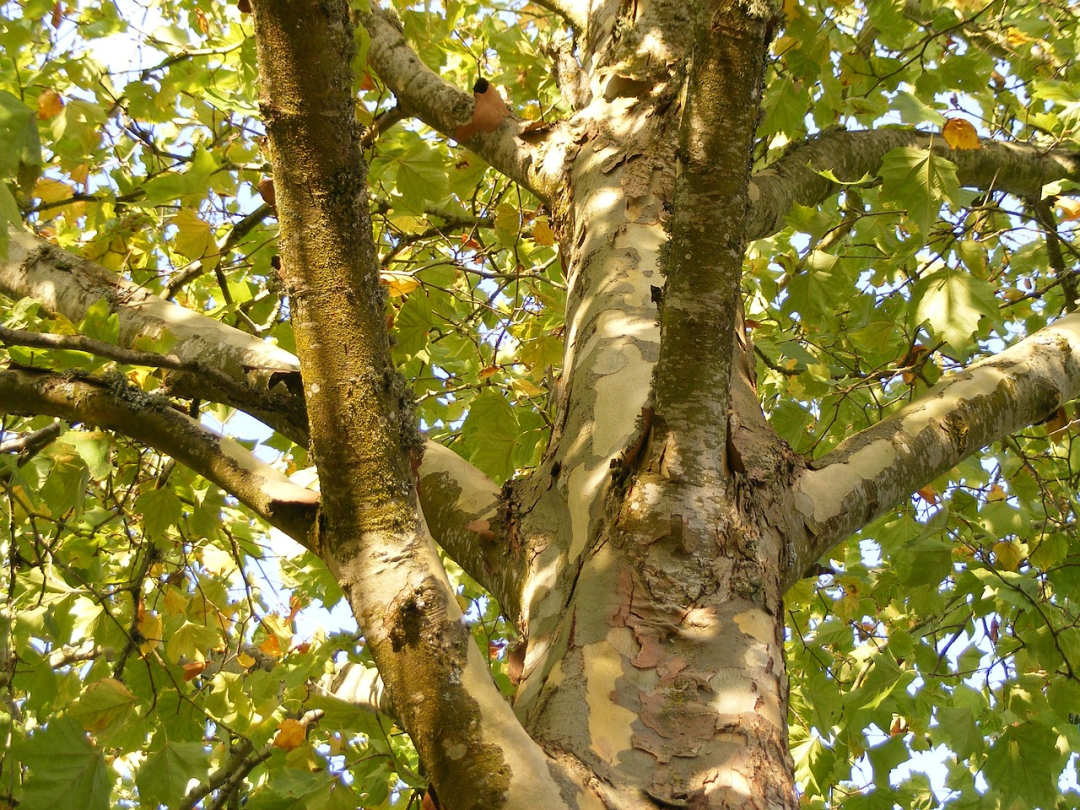
The cooling effect of different types of large trees varies. Studies have found that the texture of plant leaves can also affect the strength of plant transpiration. Paper leaves are more leathery, which can accelerate plant transpiration and improve the surrounding thermal environment more effectively. Therefore, plants with larger leaf area indices such as plane trees, camphor trees, maple trees, and poplar trees have better ability to cool and humidify than plants with smaller leaf area indices such as Ligustrum lucidum, ginkgo trees, and heather trees.
01
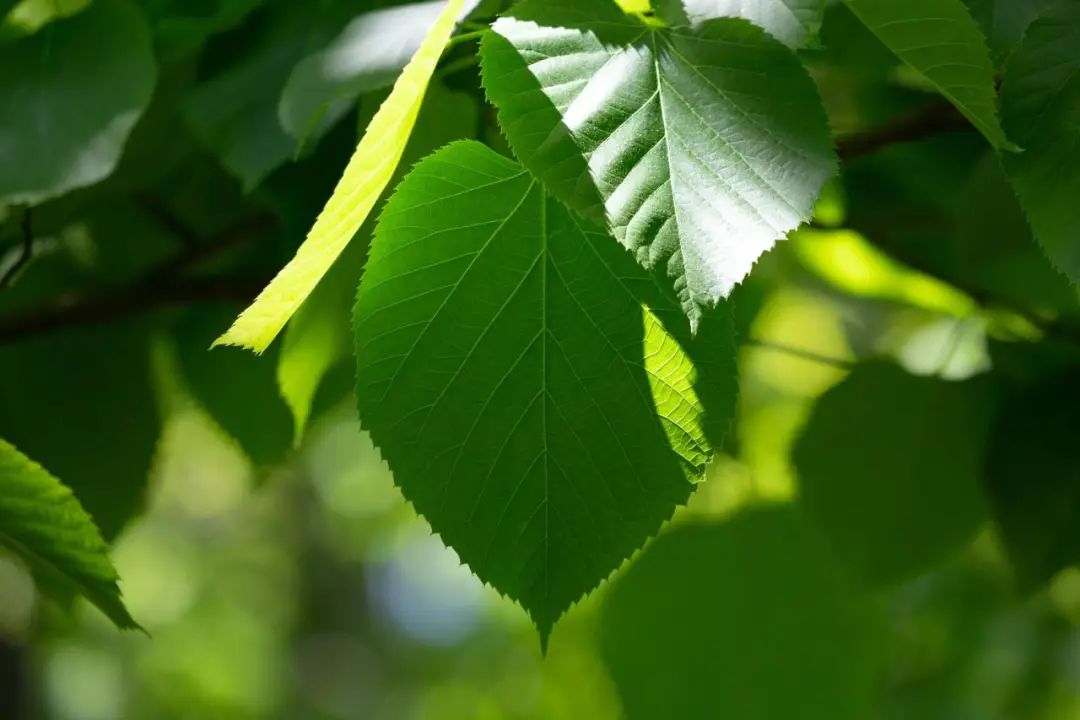
Generally, deciduous tree species, especially flowering shrubs, require a large amount of water and should be watered appropriately. For seedlings in the fast-growing cultivation stage, sufficient water supply should be provided. Newly planted seedlings must be thoroughly watered with planting water, and can be watered continuously for 2 to 3 times. For seedlings that have already been cultivated and are close to leaving the nursery, they can be watered less or not watered at all. Watering according to the soil texture of the nursery.
02
Generally speaking, sandy soils with poor water retention should be watered more frequently; Saline alkali land should be irrigated with clear water, washed with alkali to remove salt, and eliminate harmful substances; Low lying areas should be watered frequently with small amounts of water to prevent waterlogging caused by large amounts of water, which can lead to high temperature boiling of seedlings.
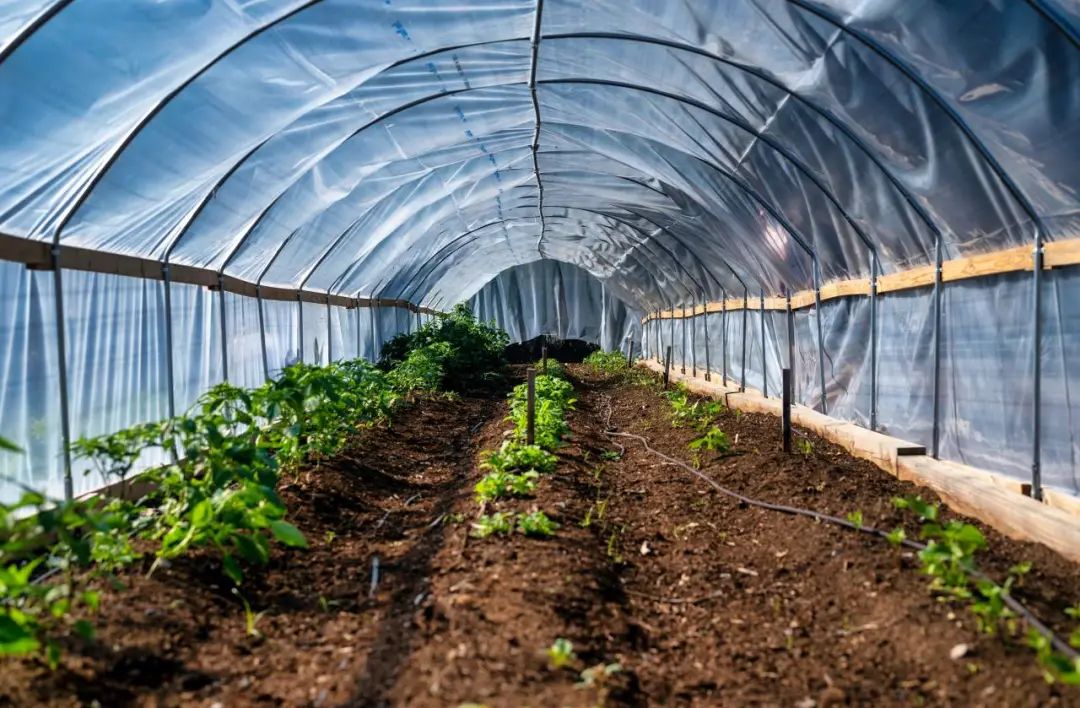
In short, under high temperatures in summer and autumn, there is a large amount of evaporation, which can easily cause soil compaction after watering. After watering, it is necessary to timely plow and loosen the soil to maintain soil moisture in the nursery. Watering the nursery with moderate moisture to increase the absorption of roots by the seedlings; If there is insufficient water, the seedling roots will be slender; Excessive water content can inhibit the normal growth and metabolism of roots, resulting in more coarse roots and less absorption, which is not conducive to the growth of seedlings.
03
During the process of transplanting seedlings separately, the root system is often damaged and the internal water supply of the seedlings is unbalanced, requiring timely watering. After division and transplantation, watering should be carried out continuously for 3 to 4 times, with an appropriate increase in the amount, and attention should be paid to the interval time not being too long
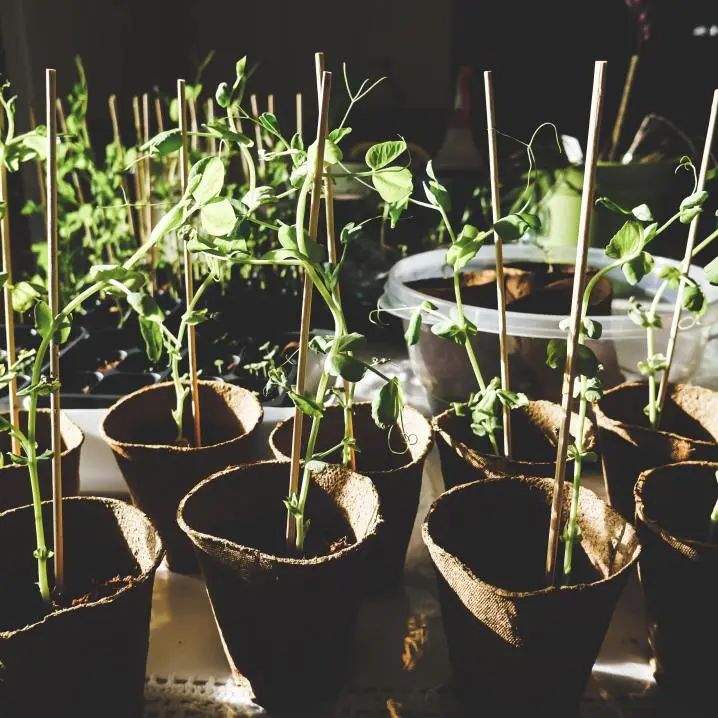
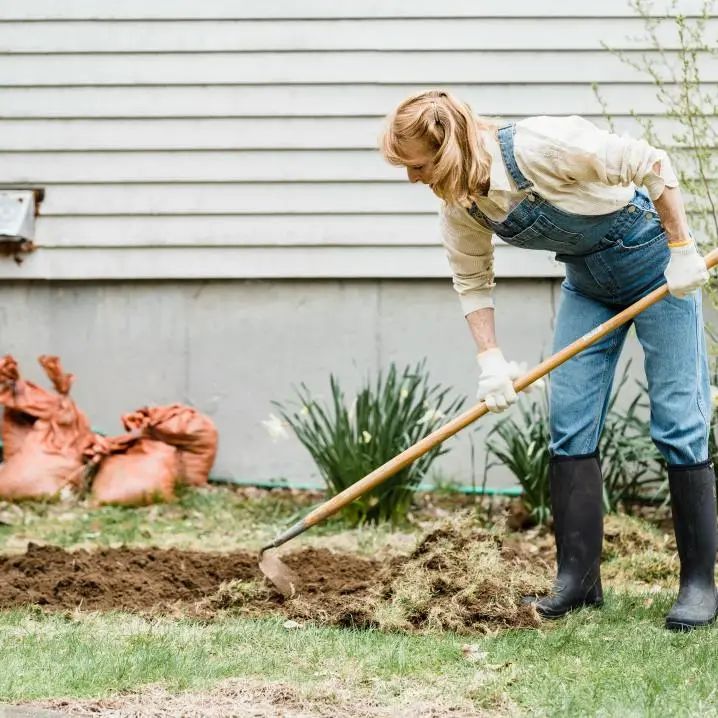
04
Cutting and pressing seedlings require a large amount of water for rooting and germination, especially during the initial stage of leaf development before fully rooting. The evaporation rate on the leaf surface is high, and the soil water supply is insufficient in high temperature days. Once the water is cut off, it will cause poor growth, wilting, and even death. Timely watering is very important.
05
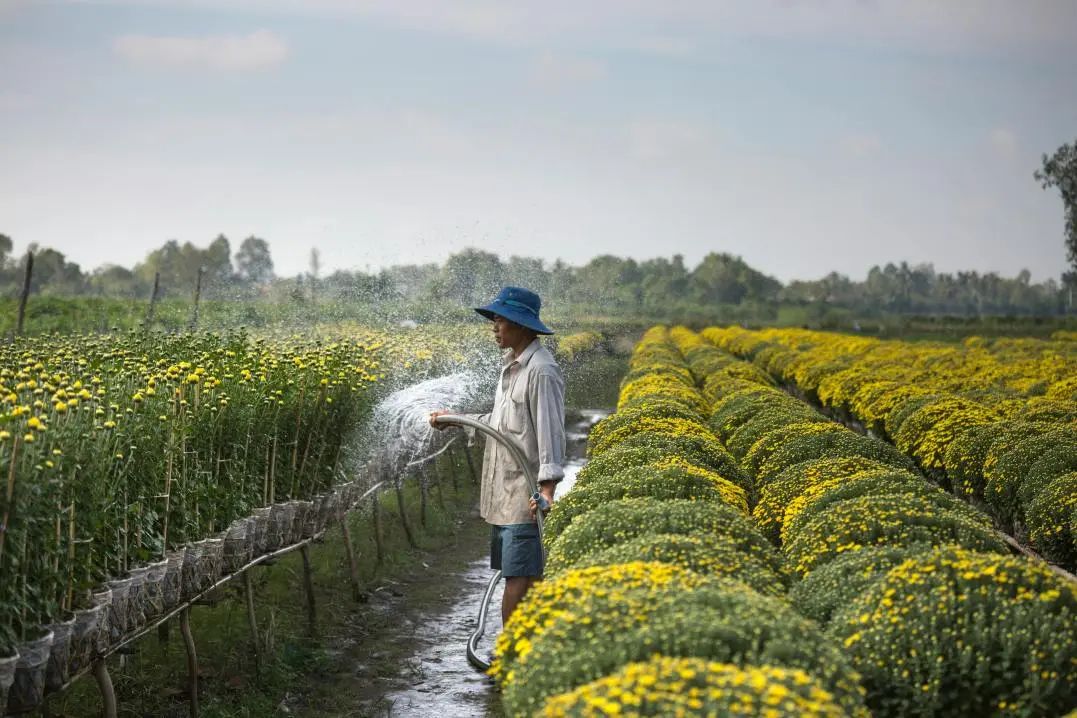
Live broadcast seedlings should prevent the soil surface from drying out after sowing, especially for some small seeds that have shallow soil after sowing and are prone to drought during high temperature periods. Attention should be paid to watering frequently to keep the bed moist and prevent the seedlings from losing water. The ground temperature can also be adjusted by watering frequently to prevent sunburn of the seedlings. The number of watering times should be increased appropriately, and the amount of water should not be too large.